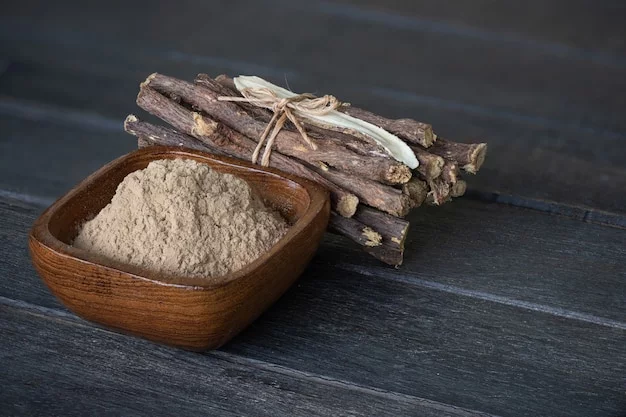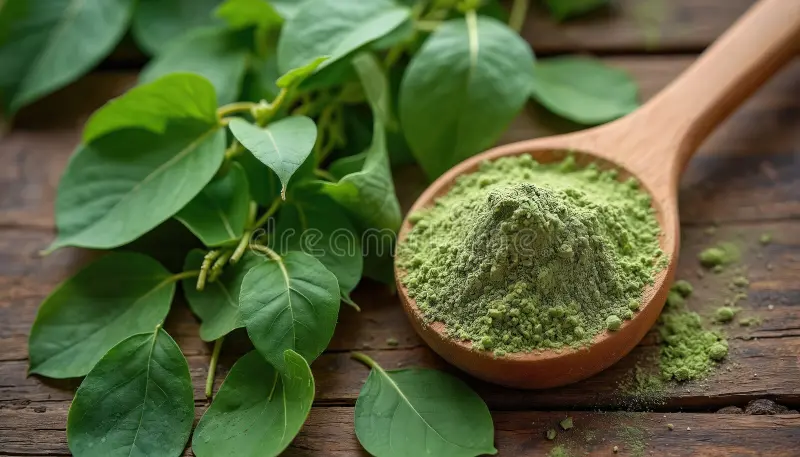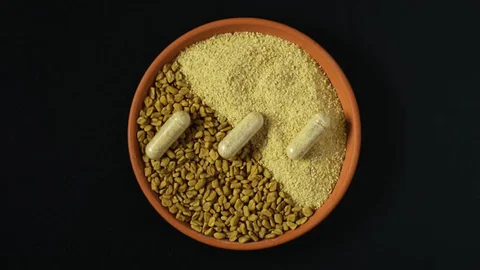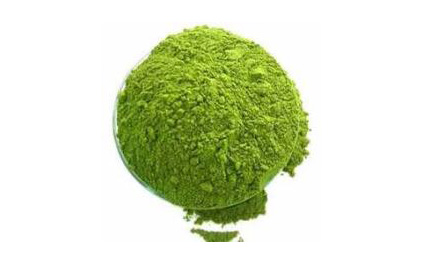Licorice Extract – Traditional Remedy for Digestive, Immune & Skin Health
🌿 What is Licorice Extract?
Licorice Extract, derived from the roots of Glycyrrhiza glabra, has been used in both Eastern and Western herbal medicine for centuries.
Known for its naturally sweet flavour and therapeutic properties, it plays a key role in respiratory, digestive, and immune health, as well as in modern skincare formulations.
⚗️ Key Active Compounds
The primary bioactive compound in licorice extract is glycyrrhizin, a triterpenoid saponin responsible for its:
Anti-inflammatory and antioxidant activity
Immune-modulating effects
Soothing properties for respiratory and digestive systems
Other flavonoids such as liquiritin and isoliquiritigenin also contribute to its protective functions in the body.
💚 Health Benefits & Applications
Cough and Throat Relief: Helps soothe sore throat and reduce coughing, making it a common ingredient in natural lozenges and syrups.
Digestive Support: Traditionally used for gastritis, ulcers, and indigestion.
Immune Balance: Supports the body’s natural immune response and resilience.
Skin Health: Used in creams for eczema, pigmentation, and inflammation due to its brightening and calming effects.
🧪 Scientific Insights
Modern studies indicate that glycyrrhizin and flavonoids in licorice extract may reduce oxidative stress and support immune regulation.
However, due to its high glycyrrhizin content, intake should be moderated — or standardized “deglycyrrhizinated” forms (DGL) can be used for sensitive applications.
🧾 Technical & Quality Specifications
Standardization: ≥20% glycyrrhizin (customized on request)
Appearance: Light brown powder
Source: Glycyrrhiza glabra root
Origin: Certified organic regions or controlled cultivation
Packaging: 1kg foil bags, 25kg fiber drums
Certificates: COA, SDS & third-party lab reports available
Quality Assurance: Produced under GMP / ISO-certified facilities, tested for heavy metals, pesticides, and solvent residues
🌏 Why Choose SG Bio
Based in Auckland, New Zealand, SG Bio supplies standardized Licorice Extract to brands and formulators across New Zealand and Australia.
We provide traceable sourcing, COA/SDS documentation, and flexible MOQ for nutraceutical, pharmaceutical, and cosmetic applications.
Our licorice extract is tested to meet international standards, ensuring purity, potency, and consistent performance in every batch.
💬 Request a Quote
Looking for a trusted Licorice Extract supplier in New Zealand or Australia?
Request a Quote for technical specifications, pricing, and samples — our team will respond within one business day.




